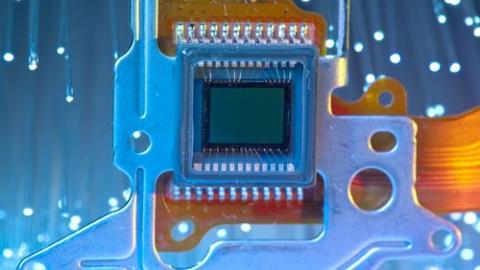The Race to Replace Silicon Semiconductors

What’s the Latest Development?
Stanford researchers are using nanotechnology to design what might may become the next generation of computer circuits. They are one of several teams looking beyond the silicon semiconductor as it becomes increasingly difficult to increase computer power using yesterday’s tricks. Chip makers already etch circuits shorter than a wavelength of light to make computers smaller, faster and cheaper. By using nanocircuits just atoms think, Stanford can make smaller chips that use less energy.
What’s the Big Idea?
The rule laid down by Gordon Moore in 1965, which would become known as Moore’s Law, that computing power would double every year has mostly held true (it tends to double every 18 months). This has been accomplished by doubling the number of transistors on each microchip but that method is approaching its limit, say computer engineers. The circuits on chips will soon be so small and numerous that powering them will cause the machine to overheat, fusing together crucial electrical components.
Photo credit: shutterstock.com





